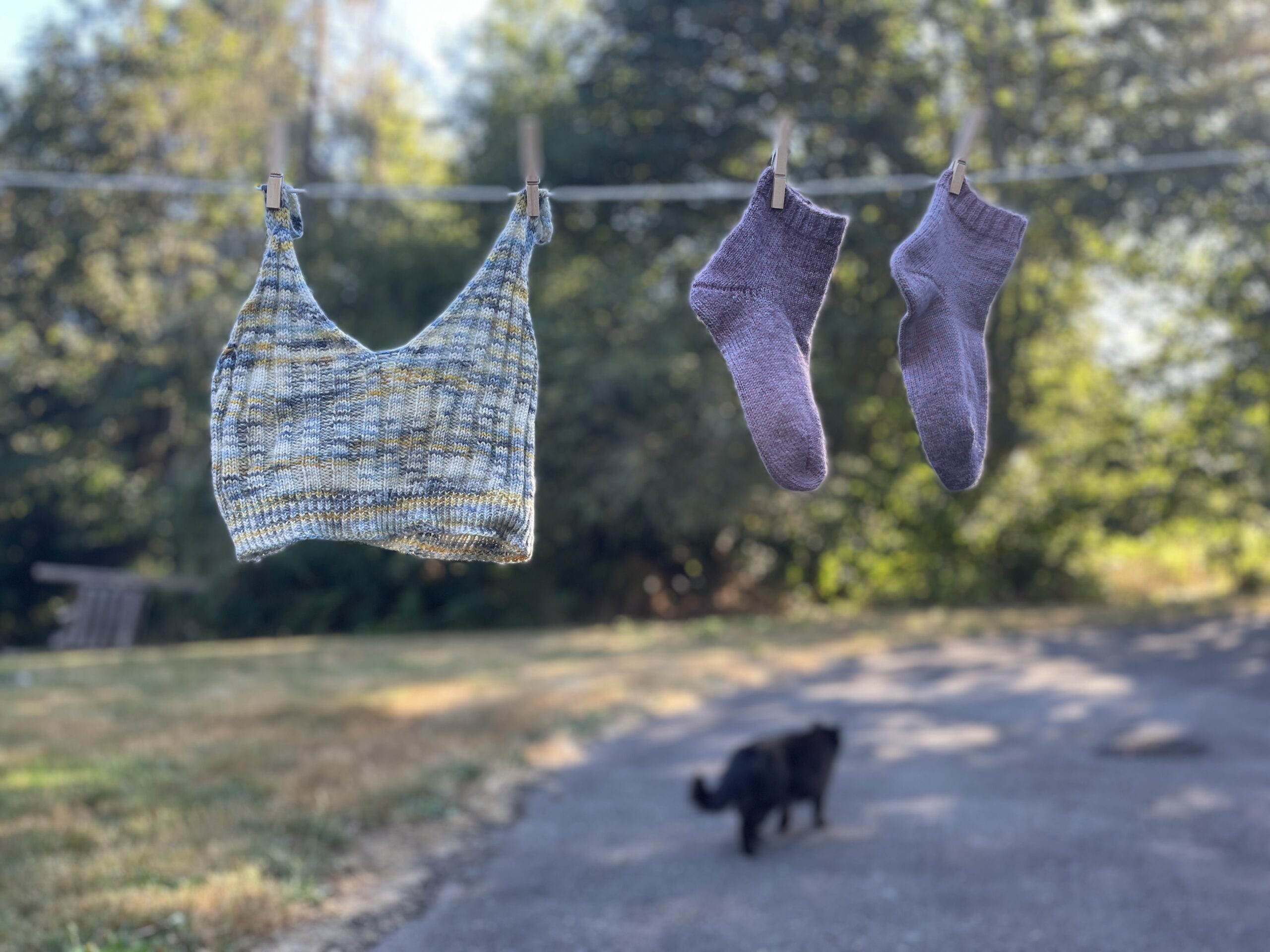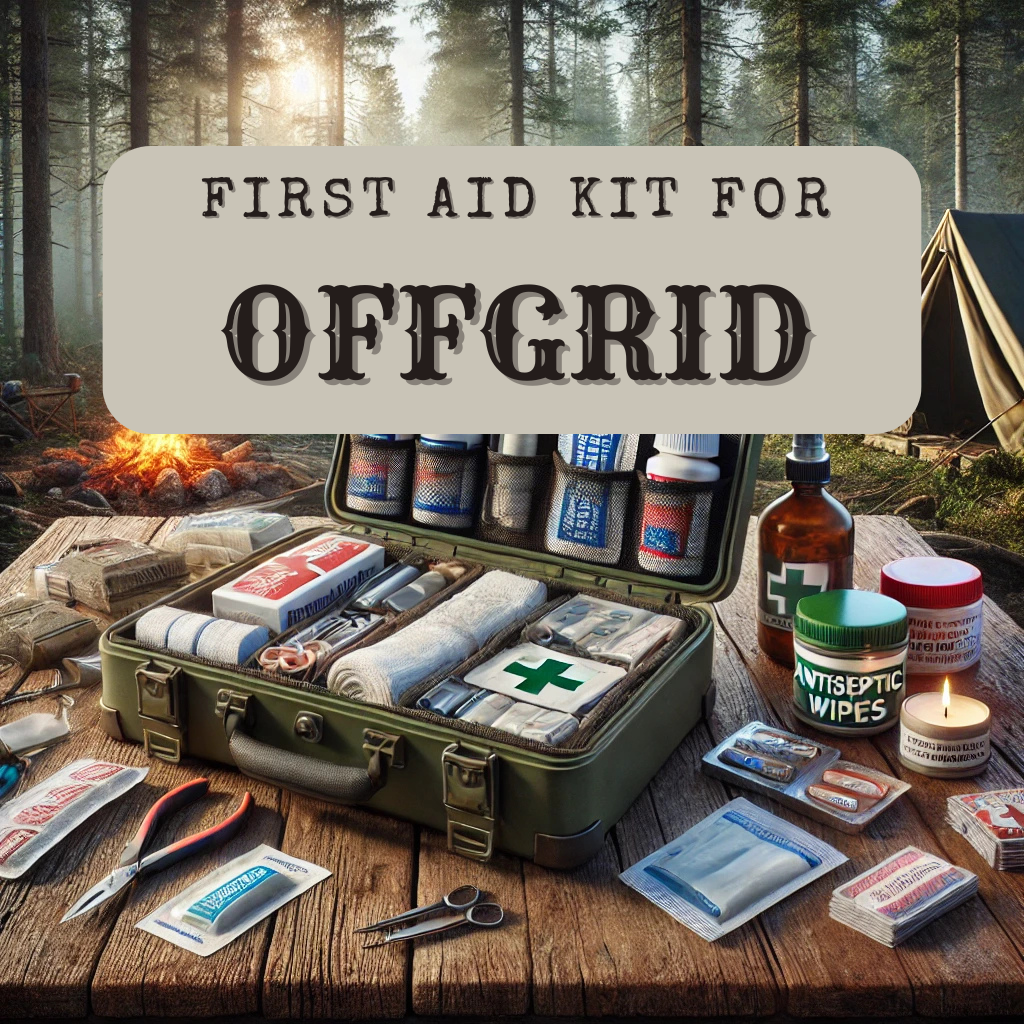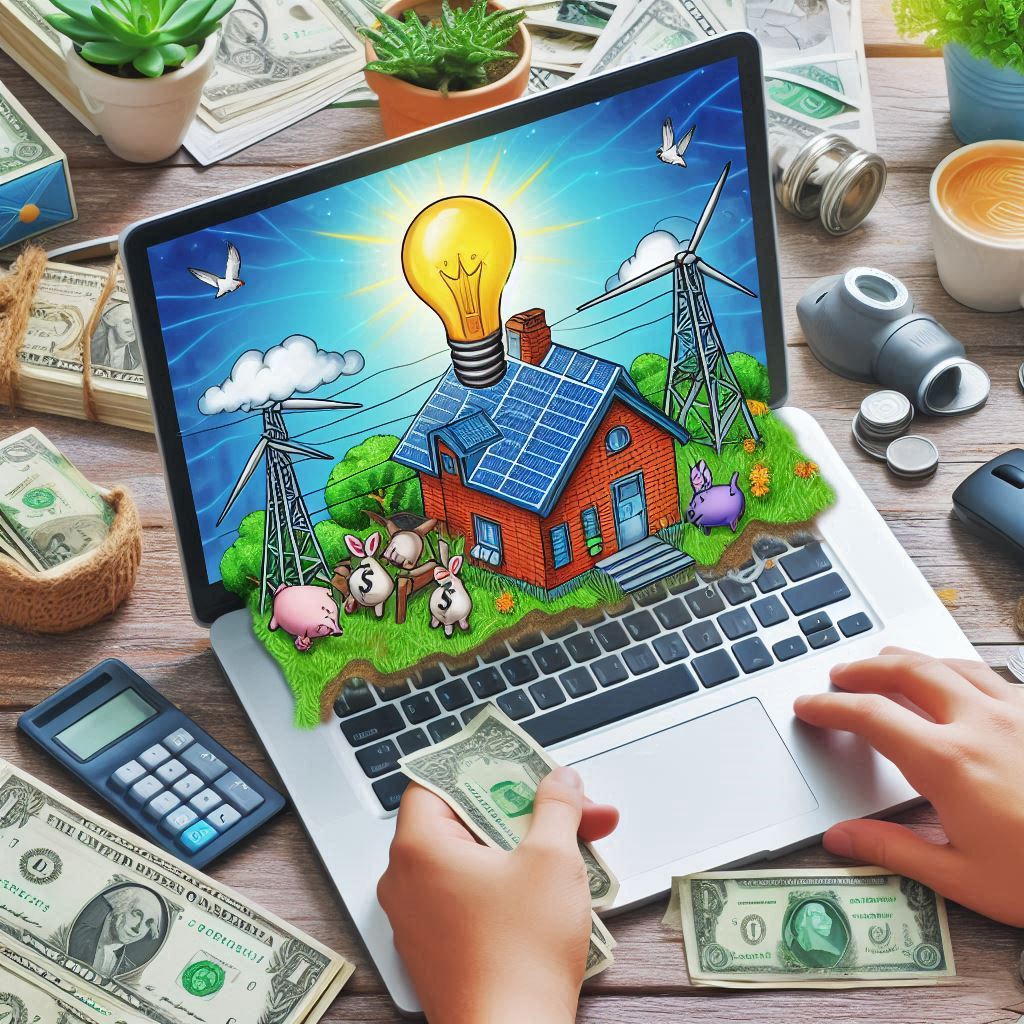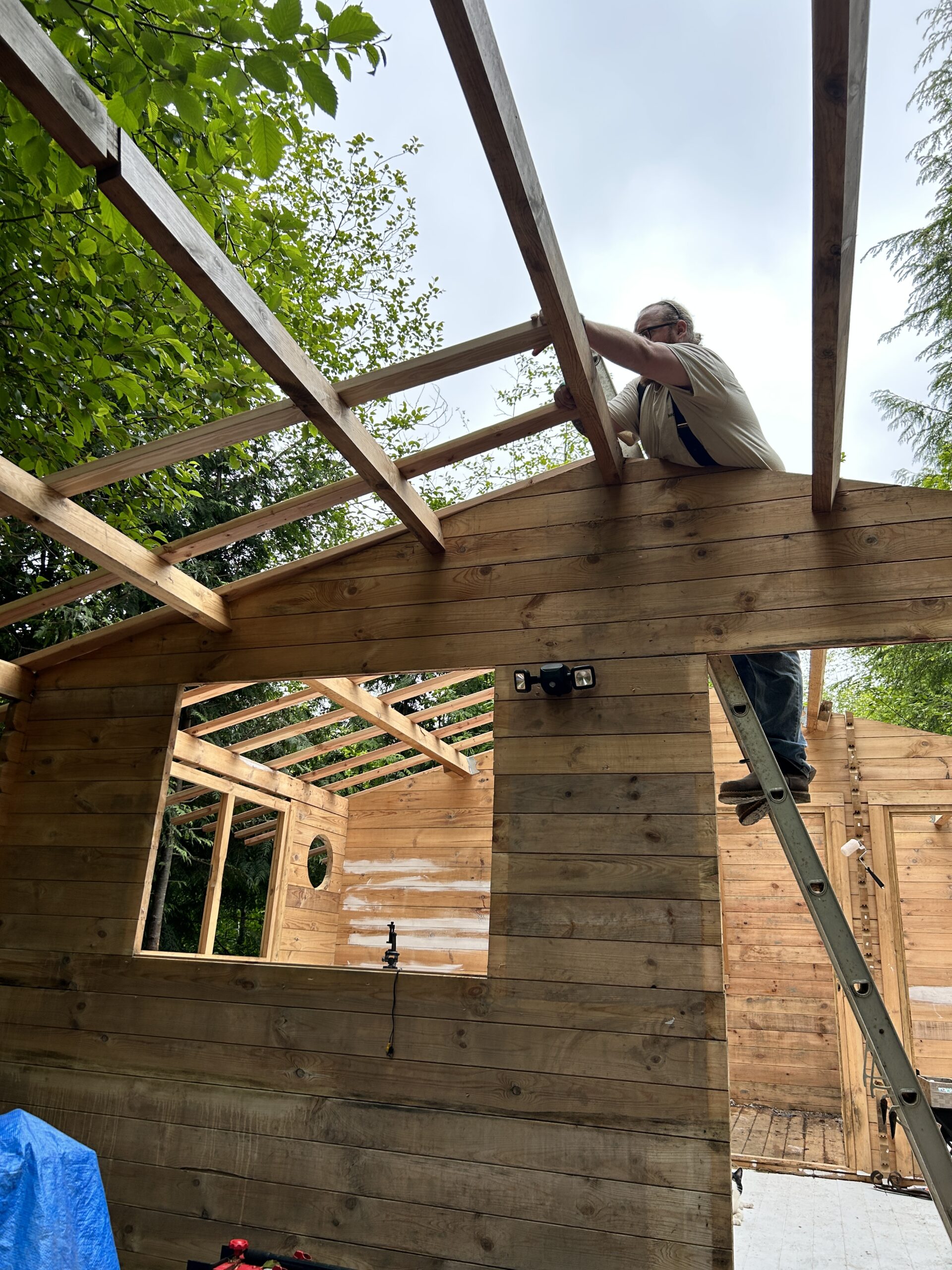Living off the grid, without relying on external systems or resources, is a dream for many people seeking independence and a closer connection to nature. While it’s possible—and many indigenous tribes and remote communities have done so for generations—achieving total self-sufficiency is a massive undertaking for those accustomed to modern conveniences. For my family, it’s not entirely realistic, but we’ve learned to strike a balance. Here’s a closer look at the challenges and realities of trying to live completely self-sustainable off the grid.
1. The Role of Vehicles and Equipment
Our property is far from the nearest town, which makes having a vehicle essential for visiting family and getting supplies. My husband, Tyler, and I both value staying connected to our loved ones, including our parents, siblings, and nieces and nephews. Giving up vehicles entirely for the sake of self-sufficiency would mean losing those relationships, and that’s not a sacrifice we’re willing to make.
Vehicles also need ongoing maintenance. Last year, for example, the hydraulic lines on our backhoe blew out, and the ignition on our 4-wheeler seized up. Fixing these required buying parts and more hydraulic fluid, which we can’t produce ourselves. While Tyler’s forge lets him make small metal items, larger or more complex components like motor oil or specialized parts must still be purchased.
The same applies to tools like chainsaws, wood chippers, and our backhoe. These are critical for managing our property, from clearing brush to processing firewood, but their upkeep means we stay partially dependent on external resources.
2. Growing and Producing Food
Producing your own food is one of the cornerstones of self-reliant living, but it’s far from simple. We’ve been living full-time on our property for about a year and a half, but gardening hasn’t yet been our main focus. Building our cabin, setting up a rainwater collection system, and dealing with mud and water mitigation have taken priority.
Once we’ve tackled these projects, we plan to expand our garden and grow a wider variety of crops. Even so, growing enough food to sustain our family year-round is a significant challenge. Factors like pests, unpredictable weather, and poor soil conditions can all impact what we’re capable of harvesting. We’re currently composting everything to combat our clay soil. Additionally, preserving food through techniques like canning, drying, or fermenting is a skill set we’re still developing.
For now, we still rely on grocery stores for food and everyday items like shampoo and laundry detergent. While we aim to reduce this reliance over time, it’s a gradual process.
3. Propane: A Practical Compromise
We use propane for cooking and to power our generator when solar energy falls short, especially during the darker winter months. While there are alternatives, like producing methane gas from waste, we’re just not there yet and we are still working on other projects that take priority.
Propane is affordable and effective for us. During winter, we spend about $50 a month on it. It’s cleaner and more efficient than gasoline, which can clog the generator’s carburetor over time. For now, propane remains an important and practical part of our off-grid setup.
4. Building Materials and Tools
Constructing and maintaining buildings requires materials that are difficult to produce independently. When we built our cabin, we had to purchase lumber, insulation, roofing materials, and hardware. These items are essential for creating durable, weatherproof structures but are beyond our ability to produce at home.
Although we’ve considered investing in a small lumber mill to process wood from our property, space and time constraints have made this impractical for now. For the foreseeable future, buying building materials will remain necessary.
5. Solar Power
Our solar panels provide most of our energy needs, generating up to 1200 running watts on sunny days. However, this setup isn’t entirely self-sustaining. Solar panels and batteries have a limited lifespan and will eventually need replacement. Additionally, accidents—like puppies or mice chewing on cables—can require repairs or replacements, keeping us partially reliant on external resources.
Expanding our solar setup is a priority, as it helps reduce our dependency on propane and the generator. However, we recognize its limitations and plan accordingly.
Balancing Self-Sufficiency with Modern Life
The idea of living 100% self-sustainable off the grid is inspiring, but it’s also incredibly demanding. Many indigenous communities and remote groups that live entirely off the land do so as part of a larger collective effort. Tasks like hunting, farming, building, and raising children are shared among the group, making the workload manageable. In contrast, modern off-grid families often operate independently, which can make complete self-sufficiency overwhelming.
Instead of striving for total independence, we’ve learned to strike a balance. Here are a few strategies that help us live more sustainably without losing practicality:
- Expand Food Production: As we complete major projects, we’ll focus on growing more food and learning preservation methods like canning and drying.
- Enhance Renewable Energy: Improving our solar setup will help us rely less on propane and gasoline.
- Develop New Skills: From making soap to basic metalworking, every skill we learn reduces our dependence on store-bought items.
- Build Connections: Networking with other off-grid families or local communities allows us to share resources and knowledge, easing the burden of doing everything alone.
The Journey Toward Greater Independence
While living completely off the grid without any external help may not be realistic for us, the journey toward greater independence is rewarding. Every step we take—whether it’s expanding our garden, improving our solar system, or learning a new skill—brings us closer to a more self-reliant lifestyle.
Ultimately, off-grid living is about finding a balance that works for your unique situation. For us, combining self-sufficiency with selective use of modern resources allows us to enjoy the best of both worlds: independence and connection, simplicity and practicality.




